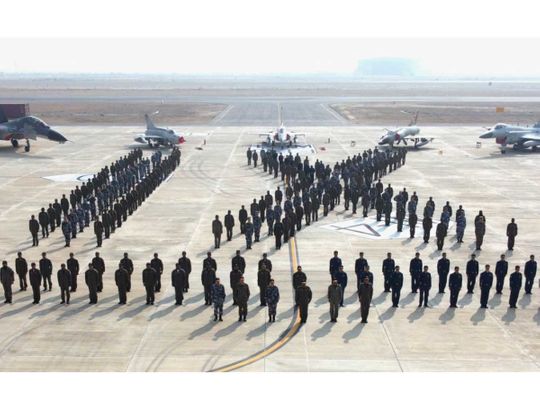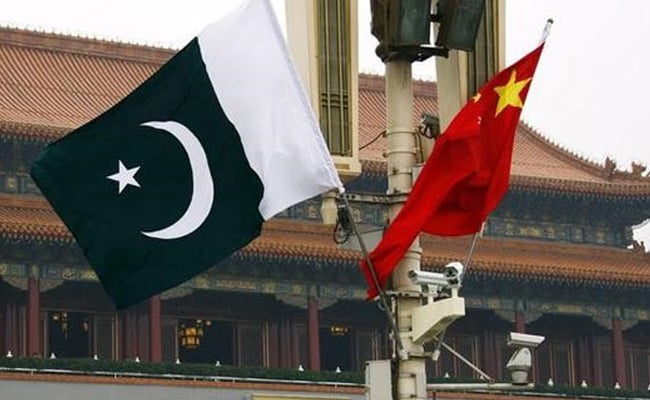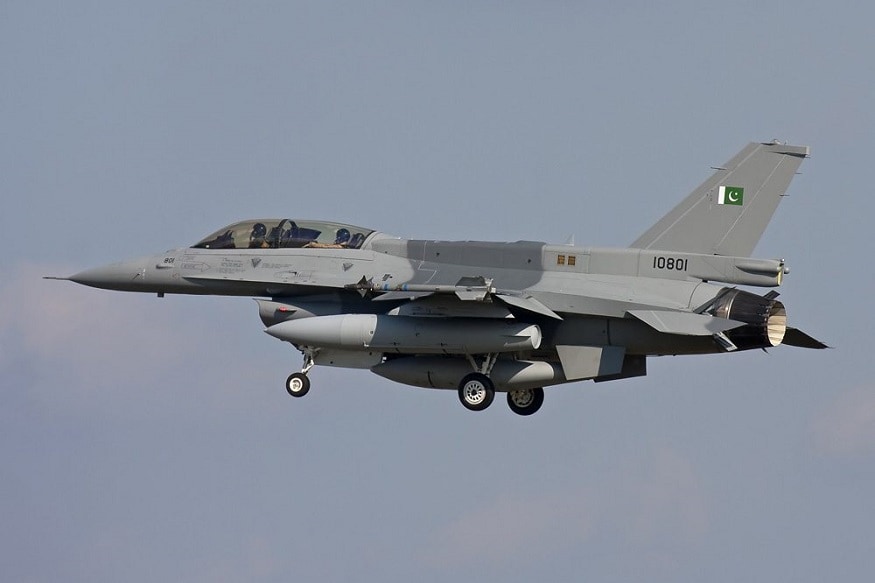A day after a senior Pakistani military officer hailed the China-Pakistan joint air force drill, ‘Shaheen (Eagle) IX’, a top defense expert and former Indian Air Force official brushed aside the joint drills and said that India can also conduct similar exercises with the US and France.
‘Country Of Spies’: Why China Runs The Risk Of Being Called The Hub Of Espionage After ‘Data Leak’?
Pakistan and China have taken steps to bolster their defense cooperation with the month-long military exercise, at a time when India is at loggerheads with both the countries at Ladakh and Jammu and Kashmir borders.
The ‘iron brothers’ China and Pakistan have been conducting this annual military drill since March 2011.

“With this exercise, we send a clear message to India. We have friends too,” the senior Pakistani military officer cited above told Nikkei Asia, requesting anonymity.
India Has Multiple Allies
According to Air Marshal Anil Chopra (retired), while Pakistan can only muster up China, India could easily carry out an air force exercise with the US, France or any other nation.
Speaking to EurAsian Times, he said – “If they can conduct an exercise, it is quite easy for us to do it as well, with the recent one being the Malabar Exercise. We can also conduct an Air Force exercise with the Americans or the French or any other country that will send a signal of warning,”
“These exercises are generally very regular in nature and conducted constantly. We have been doing so many exercises with the French, the Americans, the Russians, and so many other countries. We can carry out air exercises with many Southeast Asian nations. Everybody will be with us.”
Last month, India concluded the Malabar Exercises it had carried out with other QUAD members which included the US, Japan, and Australia.



The exercise was carried out to “support a free, open, inclusive Indo-Pacific as well as rules-based international order”, against China’s expansionist policy across maritime borders.
Chopra says the exercise was conducted definitely to send a message to the Chinese, and the retaliatory Shaheen IX exercises should be seen as a warning to New Delhi.
“India also does exercises with other countries. We recently had Malabar Exercise with the US, Australia and Japan, which was our message to the Chinese. The China-Pak exercises have to be looked at by India in context of a two-front war with both the neighbors,” said Chopra.
The Shaheen XI exercise is currently being held at an operational airbase of the Pakistan Air Force in Sindh province. The drill which began last week saw the participation of a contingent of China’s PLA Air Force comprising combat pilots, air defense controllers, and technical ground crew.

Pakistan enjoys a robust military relationship with China and imports or develops a large number of Chinese tanks, ships, or aircraft. However, as pointed out by Chopra, it was not always the case with Islamabad sharing good defensive ties with the US in the past.
“Moreover, the United States has taken a step back in its relationship with Pakistan in recent times. While the US still needs Pakistan in its operations against Afghanistan, Islamabad feels it has been left high and dry by Washington, after Pakistan went nuclear and because the USA is not happy with its support in the war against terror. Therefore, the country has leaned towards China. The militaries train together.” said Chopra.
With tensions already brewing between Beijing and Washington over trade issues, Pakistan has taken another step in pleasing its partner China by choosing not to use the American F-16 fighter jets in the joint exercise.

Moreover, following the signing of the Basic Exchange and Cooperation Agreement (BECA) on geospatial cooperation between the US and India, China and Pakistan have also signed a defense pact as a countermeasure.
India also has a few tricks up its sleeve to send retaliatory warning signals to the two nations, according to Chopra.
“We can conduct a few tests of missiles like the surface-to-air missiles or the surface-to-surface missiles, and send them an instant signal. Another way to do it is through our procurement plan involving the acquisition of newer aircraft for the IAF, which once cleared can send a signal to them.”
Follow EurAsian Times on Google News




